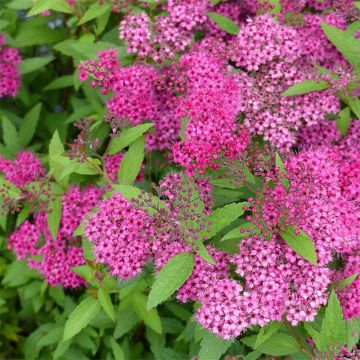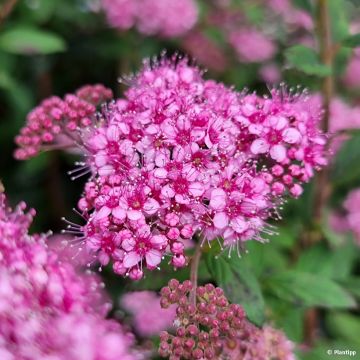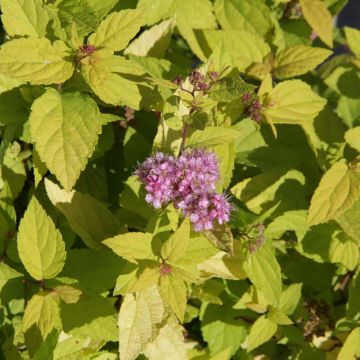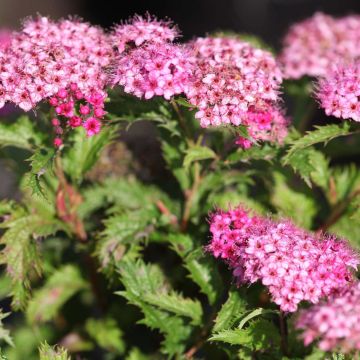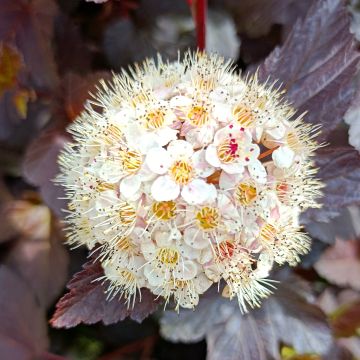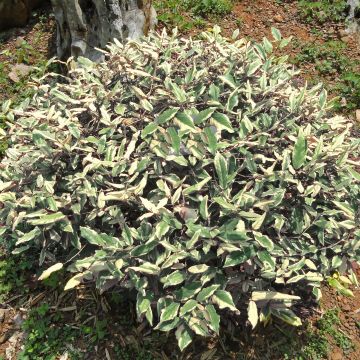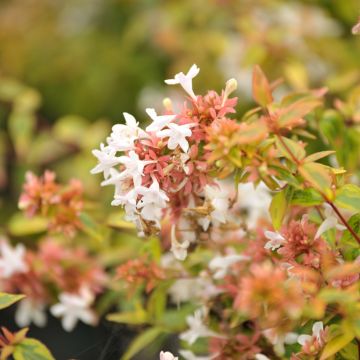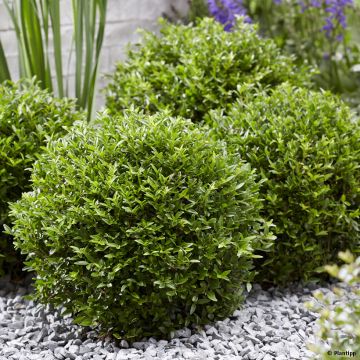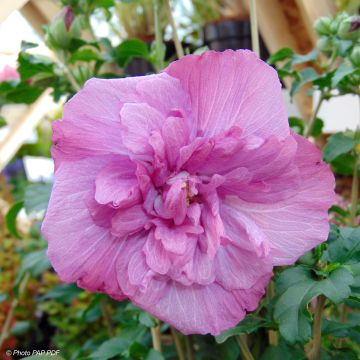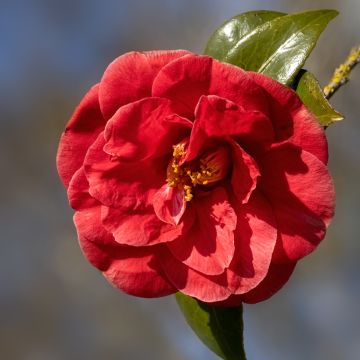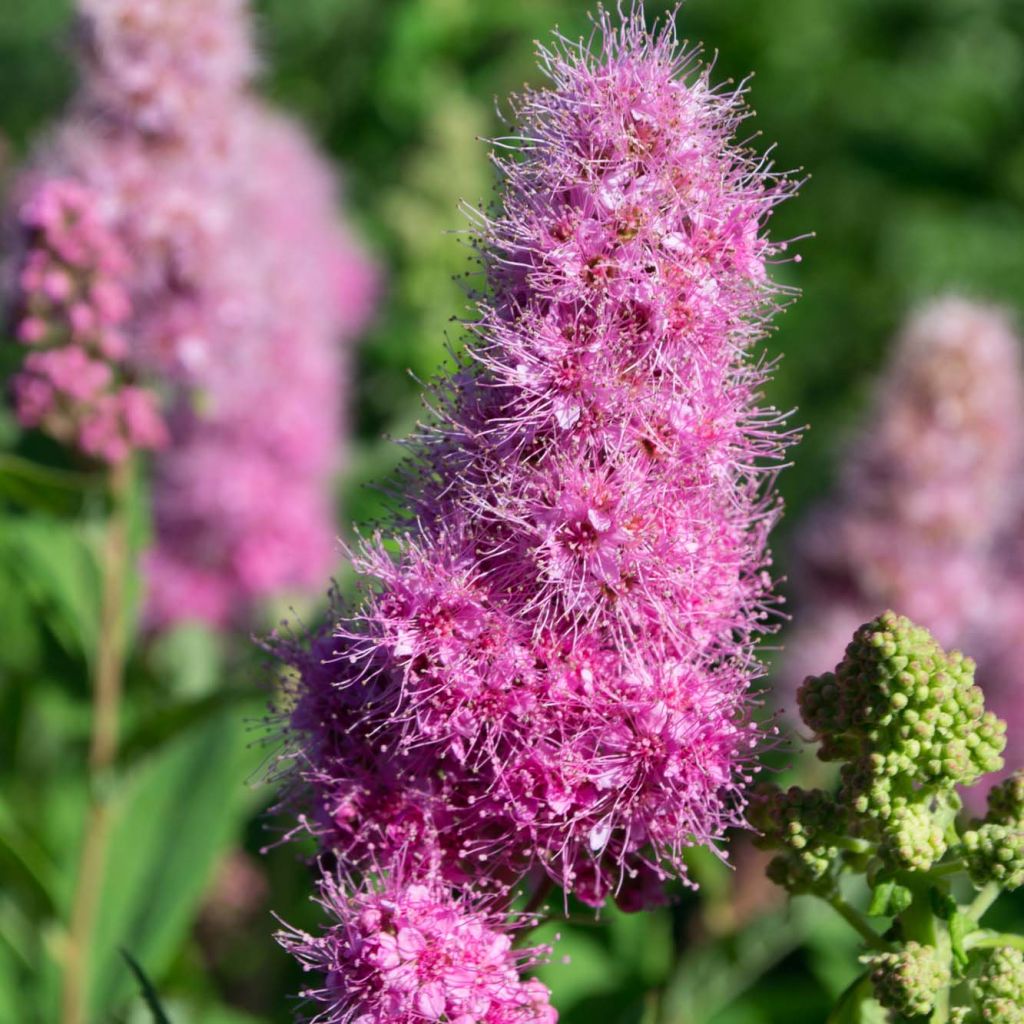

Spiraea x billiardii
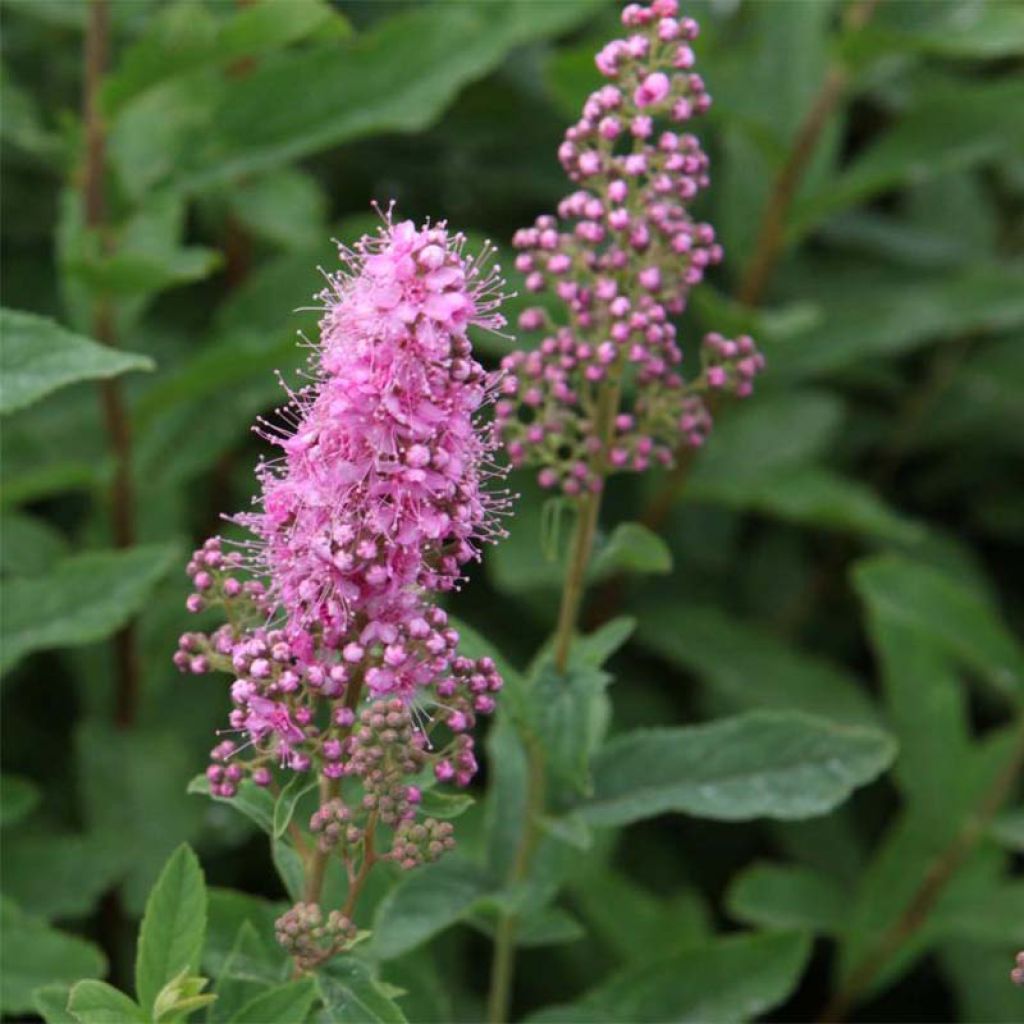

Spiraea x billiardii
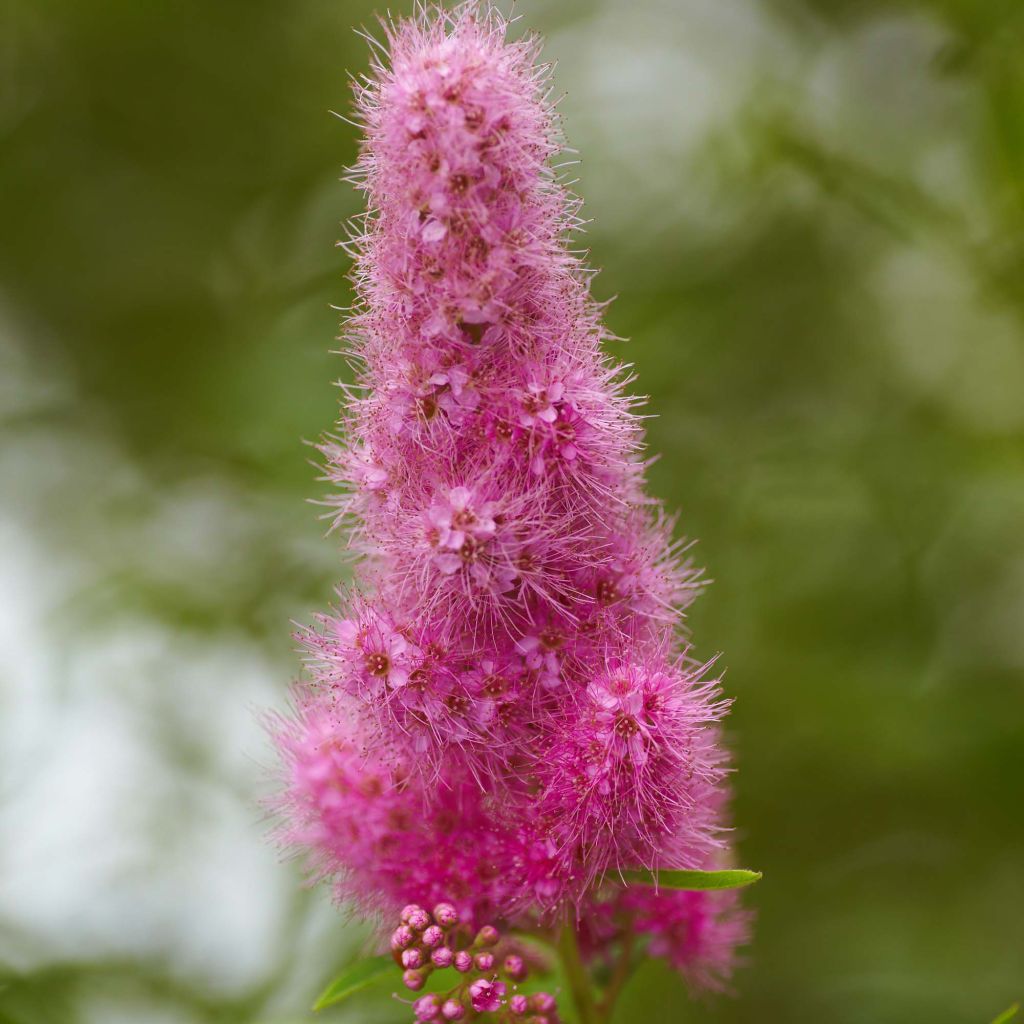

Spiraea x billiardii
Spiraea x billiardii
Spiraea x billiardii
Hybrid Spiraea
This item cannot be shipped to the selected country
Delivery charge from €5.90
Delivery charge from €5.90
Delivery charge from €5.90
Delivery charge from €5.90
More information
Schedule delivery date,
and select date in basket
This plant carries a 24 months recovery warranty
More information
We guarantee the quality of our plants for a full growing cycle, and will replace at our expense any plant that fails to recover under normal climatic and planting conditions.
From €5.90 for pickup delivery and €6.90 for home delivery
Express home delivery from €8.90.
From €5.90 for pickup delivery and €6.90 for home delivery
Express home delivery from €8.90.
From €5.90 for pickup delivery and €6.90 for home delivery
Express home delivery from €8.90.
From €5.90 for pickup delivery and €6.90 for home delivery
Express home delivery from €8.90.
Does this plant fit my garden?
Set up your Plantfit profile →
Description
The Spiraea x billiardii is one of those hardy shrubs that are abundantly planted in old gardens, often surviving complete neglect and forming large impenetrable thickets over the years. From a large and upright bush, numerous long, fluffy, deep pink and shiny spikes emerge in summer, attracting many pollinating insects. Like all spireas, this undemanding plant has its place in an informal, rural or flowery hedge, including in a small garden.
This Spirea, from the rose family, is likely a natural hybrid resulting from the cross-breeding of the Douglas Spirea, native to the western part of North America, and the S. salicifolia, native to southeastern Europe and Asia, up to Japan. These plants grow in cool and damp areas and can be found in nature growing in ditches or undergrowth. However, the billiardii hybrid also performs well in occasionally dry, and poor soils.
The growth of this bush is rapid and its mature size will reach about 2m (6to 7ft) in all directions. Lateral growth occurs through suckers that grow on the periphery of the stump, from which numerous slender, upright, downy, reddish-brown branches emerge. The habit of this spirea is upright, dense, and very bushy. The deciduous foliage is composed of oblong, lanceolate, dentate-edged leaves, 10cm (3.9in) long. They are dark green on the upper side and grey underneath, then turn yellow before falling in autumn. Flowering takes place in July-August in the form of very dense conical panicles that appear at the ends of the branches. They are 10 to 12cm (4.7in) long and composed of numerous small, cup-shaped, intense pink flowers from which stamens emerge, giving the inflorescence its fluffy appearance.
This spirea will be particularly attractive in a flowering or informal hedge, where it will bring diversity. Fast-growing and perfectly tolerant of pruning, it will quickly add elegance to the garden. This very bushy shrub can also adorn the back of a border, alongside mauve hollyhocks or buddleias. In a small garden, it can stand alone in the centre of a small border composed of perennial geraniums, catmints, blue and white campanulas, or lavender in drier soil. It will also thrive near a water feature, mixed with purple loosestrifes and reed maces, for example.
Report an error about the product description
Spiraea x billiardii in pictures
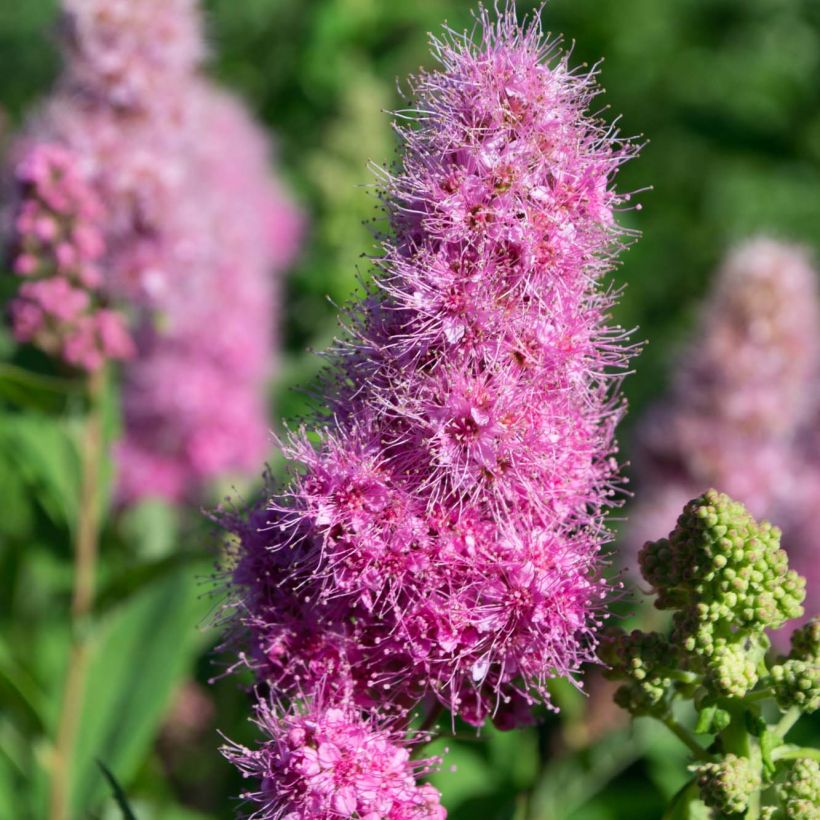

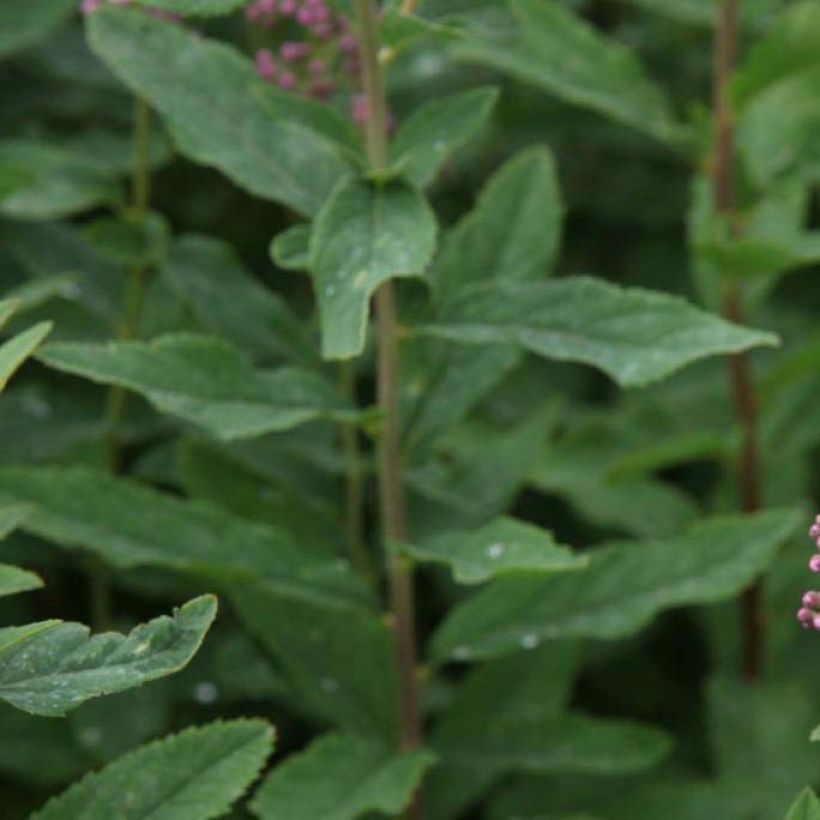

Plant habit
Flowering
Foliage
Botanical data
Spiraea
x billiardii
Rosaceae
Hybrid Spiraea
Cultivar or hybrid
Other Spiraea
Planting and care
Plant Spirea in ordinary, deep, even slightly chalky, soil. It appreciates moist to wet soils but tolerates soils which are drier in summer and poorer soils quite well. This bush will thrive in partial shade or in non-scorching sun. To encourage flowering, faded flowers should be removed. This bush does not require pruning, but will tolerate it very well. It can be severely pruned at the end of winter to rejuvenate it or excess branches can be removed to reduce its volume.
Planting period
Intended location
Care
-
, onOrder confirmed
Reply from on Promesse de fleurs
Hedge shrubs
Haven't found what you were looking for?
Hardiness is the lowest winter temperature a plant can endure without suffering serious damage or even dying. However, hardiness is affected by location (a sheltered area, such as a patio), protection (winter cover) and soil type (hardiness is improved by well-drained soil).

Photo Sharing Terms & Conditions
In order to encourage gardeners to interact and share their experiences, Promesse de fleurs offers various media enabling content to be uploaded onto its Site - in particular via the ‘Photo sharing’ module.
The User agrees to refrain from:
- Posting any content that is illegal, prejudicial, insulting, racist, inciteful to hatred, revisionist, contrary to public decency, that infringes on privacy or on the privacy rights of third parties, in particular the publicity rights of persons and goods, intellectual property rights, or the right to privacy.
- Submitting content on behalf of a third party;
- Impersonate the identity of a third party and/or publish any personal information about a third party;
In general, the User undertakes to refrain from any unethical behaviour.
All Content (in particular text, comments, files, images, photos, videos, creative works, etc.), which may be subject to property or intellectual property rights, image or other private rights, shall remain the property of the User, subject to the limited rights granted by the terms of the licence granted by Promesse de fleurs as stated below. Users are at liberty to publish or not to publish such Content on the Site, notably via the ‘Photo Sharing’ facility, and accept that this Content shall be made public and freely accessible, notably on the Internet.
Users further acknowledge, undertake to have ,and guarantee that they hold all necessary rights and permissions to publish such material on the Site, in particular with regard to the legislation in force pertaining to any privacy, property, intellectual property, image, or contractual rights, or rights of any other nature. By publishing such Content on the Site, Users acknowledge accepting full liability as publishers of the Content within the meaning of the law, and grant Promesse de fleurs, free of charge, an inclusive, worldwide licence for the said Content for the entire duration of its publication, including all reproduction, representation, up/downloading, displaying, performing, transmission, and storage rights.
Users also grant permission for their name to be linked to the Content and accept that this link may not always be made available.
By engaging in posting material, Users consent to their Content becoming automatically accessible on the Internet, in particular on other sites and/or blogs and/or web pages of the Promesse de fleurs site, including in particular social pages and the Promesse de fleurs catalogue.
Users may secure the removal of entrusted content free of charge by issuing a simple request via our contact form.
The flowering period indicated on our website applies to countries and regions located in USDA zone 8 (France, the United Kingdom, Ireland, the Netherlands, etc.)
It will vary according to where you live:
- In zones 9 to 10 (Italy, Spain, Greece, etc.), flowering will occur about 2 to 4 weeks earlier.
- In zones 6 to 7 (Germany, Poland, Slovenia, and lower mountainous regions), flowering will be delayed by 2 to 3 weeks.
- In zone 5 (Central Europe, Scandinavia), blooming will be delayed by 3 to 5 weeks.
In temperate climates, pruning of spring-flowering shrubs (forsythia, spireas, etc.) should be done just after flowering.
Pruning of summer-flowering shrubs (Indian Lilac, Perovskia, etc.) can be done in winter or spring.
In cold regions as well as with frost-sensitive plants, avoid pruning too early when severe frosts may still occur.
The planting period indicated on our website applies to countries and regions located in USDA zone 8 (France, United Kingdom, Ireland, Netherlands).
It will vary according to where you live:
- In Mediterranean zones (Marseille, Madrid, Milan, etc.), autumn and winter are the best planting periods.
- In continental zones (Strasbourg, Munich, Vienna, etc.), delay planting by 2 to 3 weeks in spring and bring it forward by 2 to 4 weeks in autumn.
- In mountainous regions (the Alps, Pyrenees, Carpathians, etc.), it is best to plant in late spring (May-June) or late summer (August-September).
The harvesting period indicated on our website applies to countries and regions in USDA zone 8 (France, England, Ireland, the Netherlands).
In colder areas (Scandinavia, Poland, Austria...) fruit and vegetable harvests are likely to be delayed by 3-4 weeks.
In warmer areas (Italy, Spain, Greece, etc.), harvesting will probably take place earlier, depending on weather conditions.
The sowing periods indicated on our website apply to countries and regions within USDA Zone 8 (France, UK, Ireland, Netherlands).
In colder areas (Scandinavia, Poland, Austria...), delay any outdoor sowing by 3-4 weeks, or sow under glass.
In warmer climes (Italy, Spain, Greece, etc.), bring outdoor sowing forward by a few weeks.



































